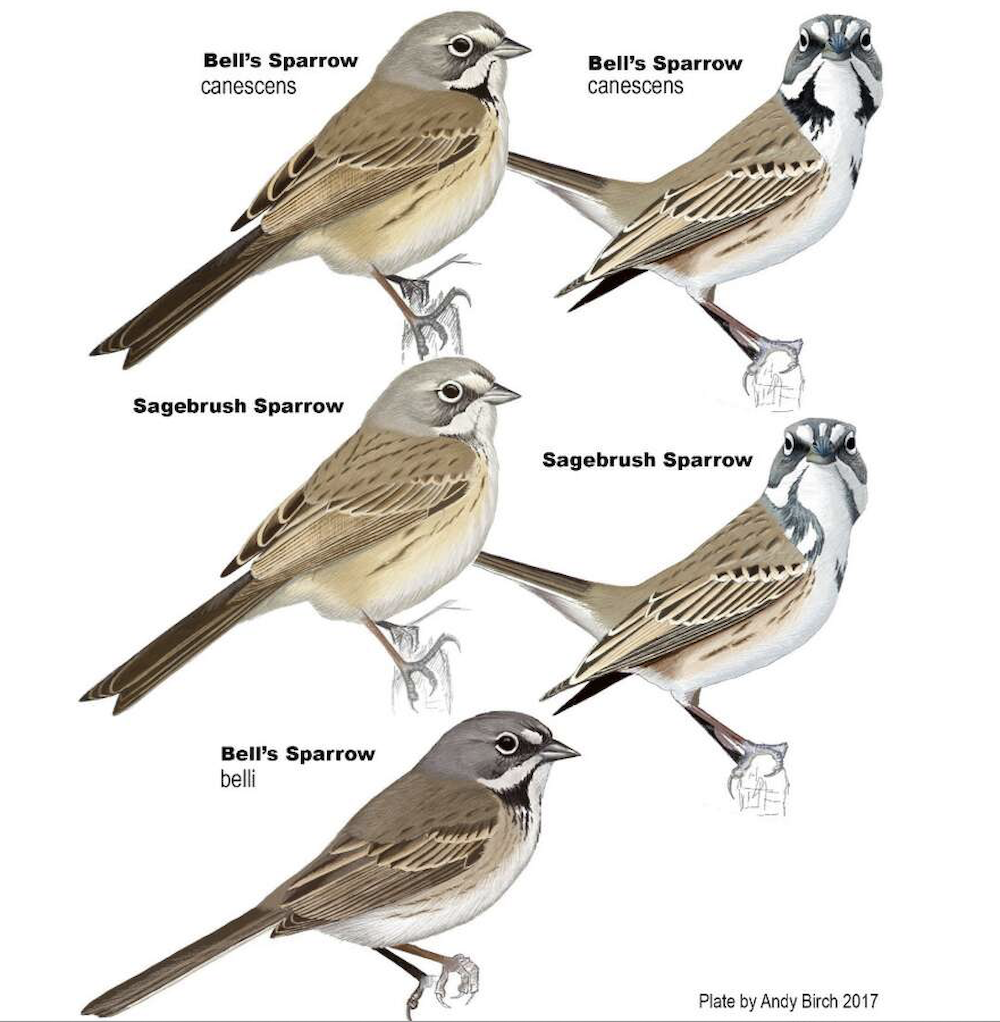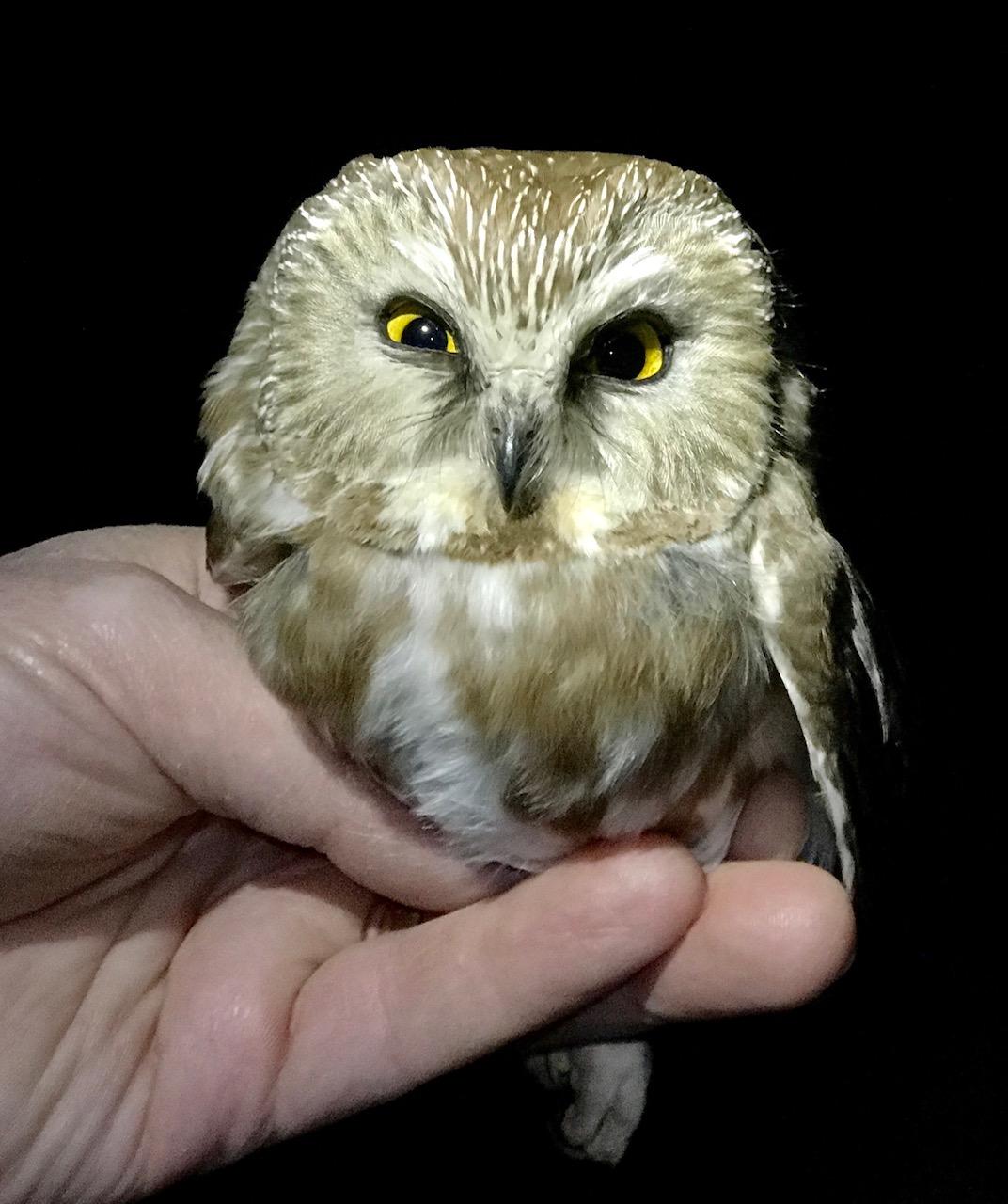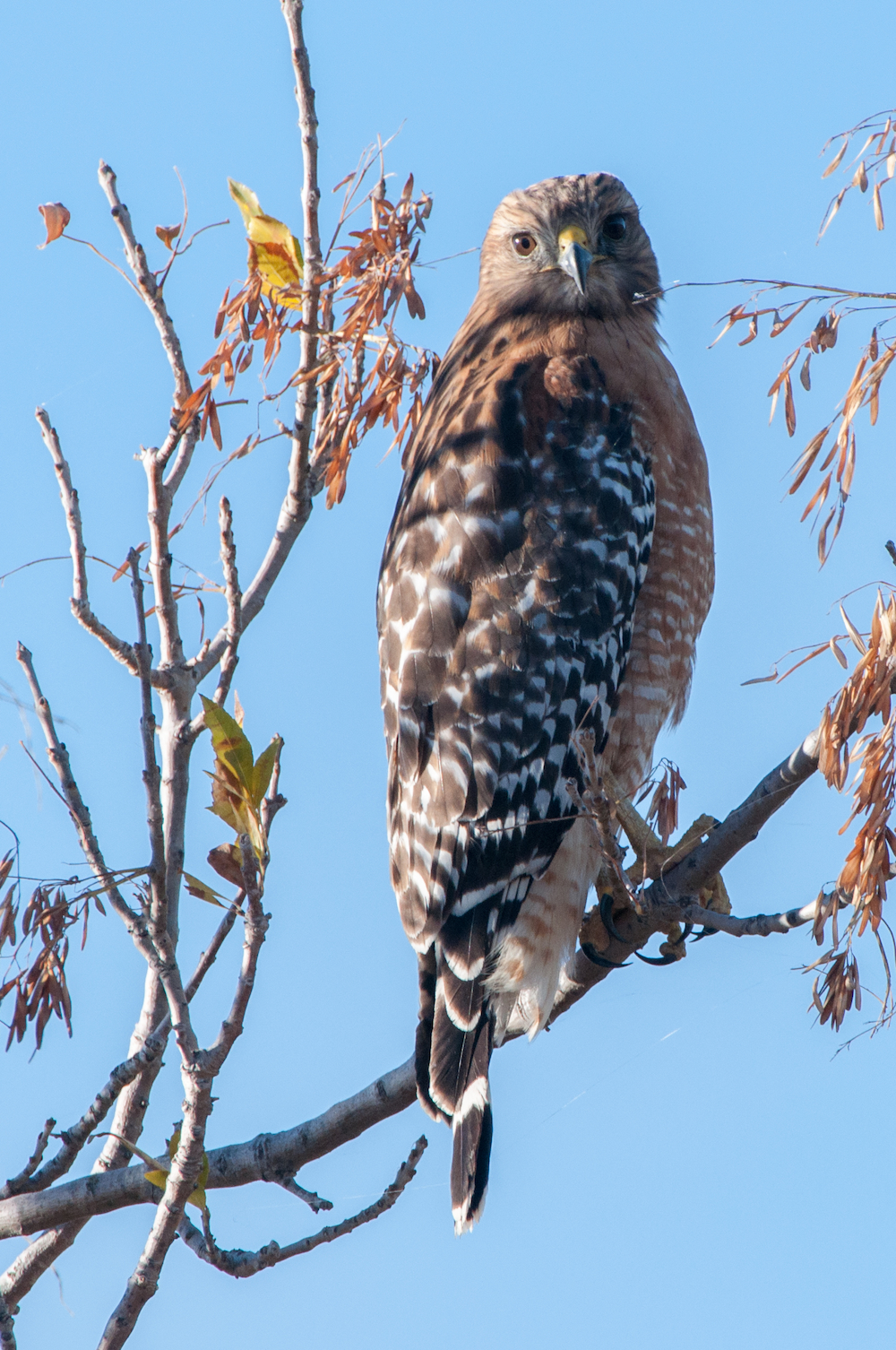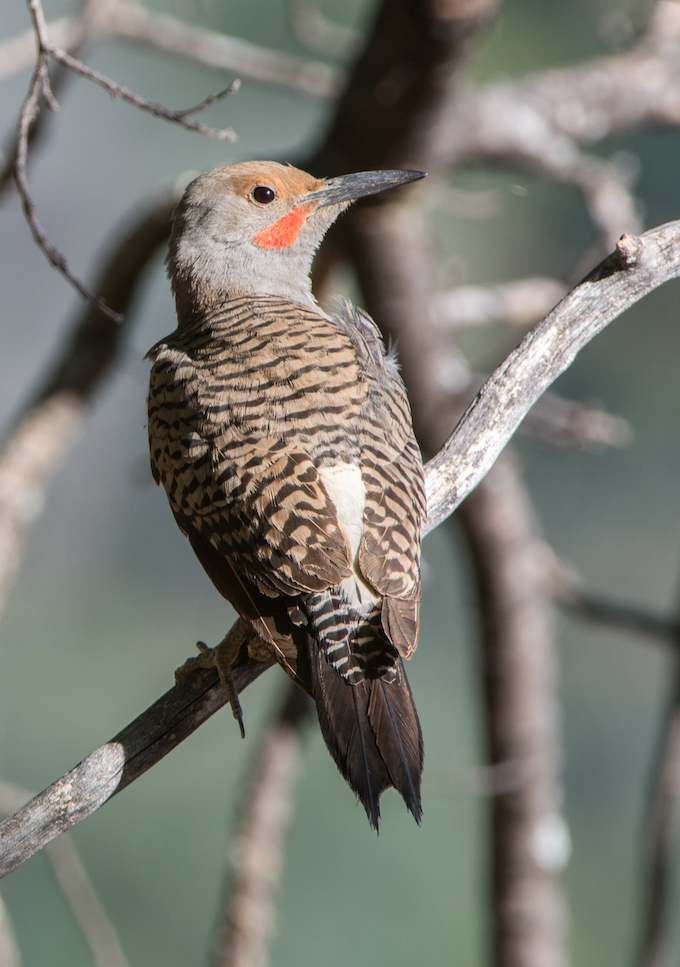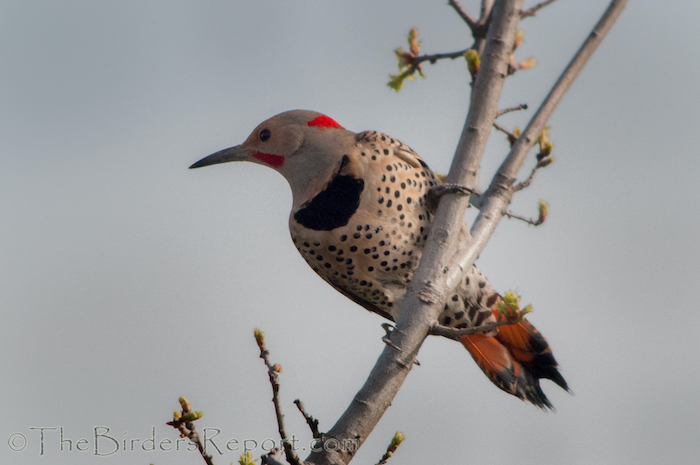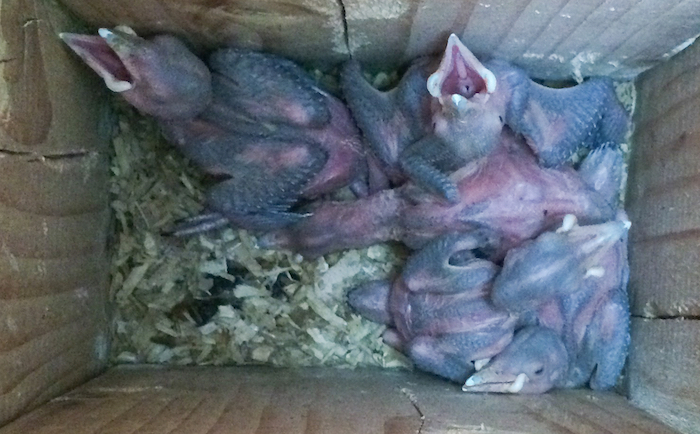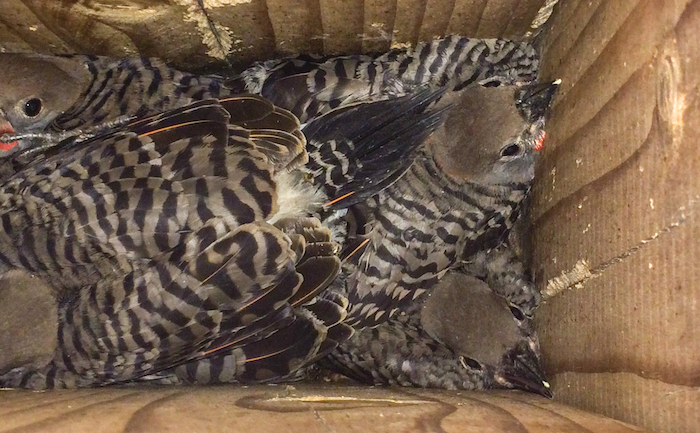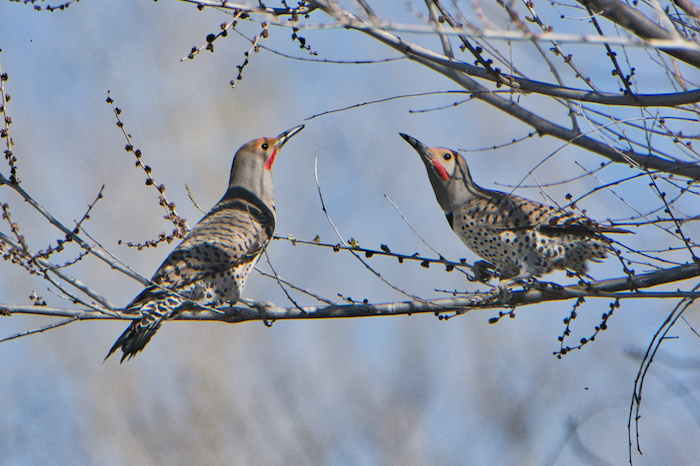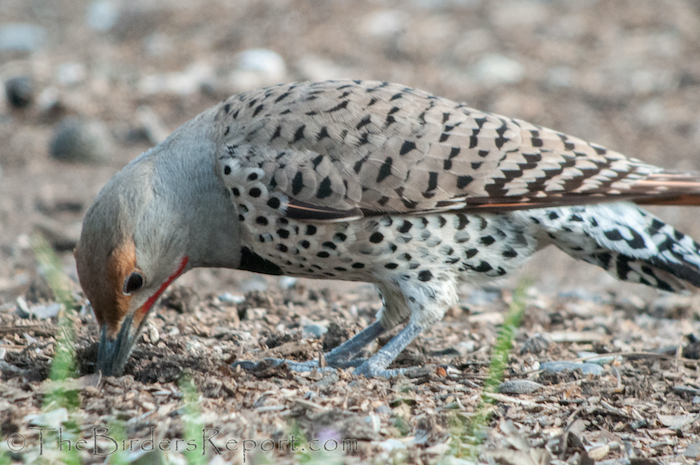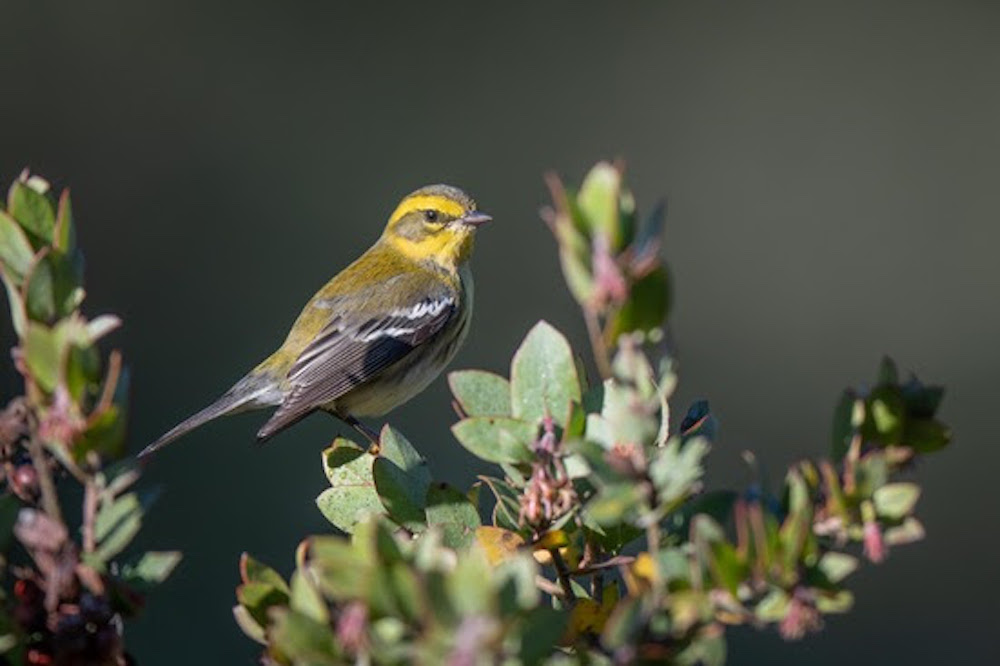
Golden Gate Audubon’s Online Speaker Series presents
Exploring Culturally Relevant Education and Climate Smart Restoration
Today, as climate change impacts both wildlife and human communities world wide, climate smart restoration is becoming recognized as an important strategy for healing landscapes and increasing human health. The goal of climate smart restoration, a growing field of ecological restoration, is to prepare landscapes for the impacts of climate change by increasing habitat resilience and engaging local communities. In this presentation we’ll explore guiding principles of climate smart restoration, current science and exemplary projects where people and places are being restored together. In addition to highlighting projects across California, we’ll explore our experiences engaging diverse communities and practicing culturally relevant teaching — a pedagogical framework to make restoration science and conservation topics relevant to the culture and lived experiences of the students and communities we engage. In a time of civil discord, a global health crisis and rapid climate change, climate smart restoration is emerging as a solution for many challenges.
When: This Thursday, November 19, 2020 at 7 pm PST
How To Sign In: Our free Speaker Series webinar is available on a first come, first serve basis with capacity for up to 500 participants. We currently do not have the capacity to register or sign up participants before the event. Please make sure to download the Zoom app before the Speaker Series begins. You will need a passcode to sign into the event. Links and passcode are provided below.
Join from a PC, Mac, iPad, iPhone or Android device:
Please click this URL to join. https://zoom.us/j/99089322418?
Passcode: 258264
Or join by phone:
Dial(for higher quality, dial a number based on your current location):
US: +1 669 900 6833 or +1 253 215 8782 or +1 346 248 7799 or +1 929 436 2866 or +1 301 715 8592 or +1 312 626 6799
Webinar ID: 990 8932 2418
Passcode: 258264
International numbers available: https://zoom.us/u/add4s6GOsq
About Point Blue Conservation’s STRAW Program: Point Blue Conservation Science’s STRAW program (Students & Teachers Restoring A Watershed) implements community-based restoration projects, engaging more than 3000 students annually in hands-on restoration across California. Since beginning in 1994, STRAW has restored more than 36 miles of streams and educated 50,000 students, all free of charge to teachers thanks to generous support from partners, funders and donors. To learn more about STRAW, please click here.
Townsend’s Warbler by Corey Raffel

